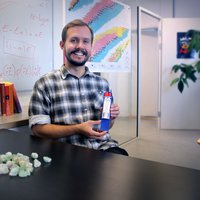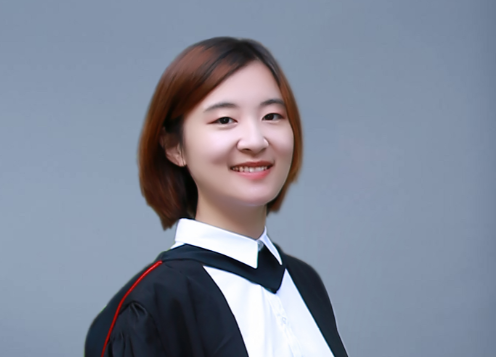Energy & sustainability
Baodan Zhao
Deciphering the codes of energy efficiency in perovskites

Europe
Rebecca Saive
She has invented a manufacturing method for solar cells that could make the global adoption of photovoltaics cheaper and faster

Latin America
Juan Manuel Lemus
Obtaining safe water from air humidity and suppling vulnerable communities with it

Europe
Eirik Eide Pettersen
His safer and cheaper nuclear reactor could eliminate energy poverty without increasing carbon emissions

China
Zhu Liu
Tackling climate change with negative emission technology: the carbon uptake by cement
